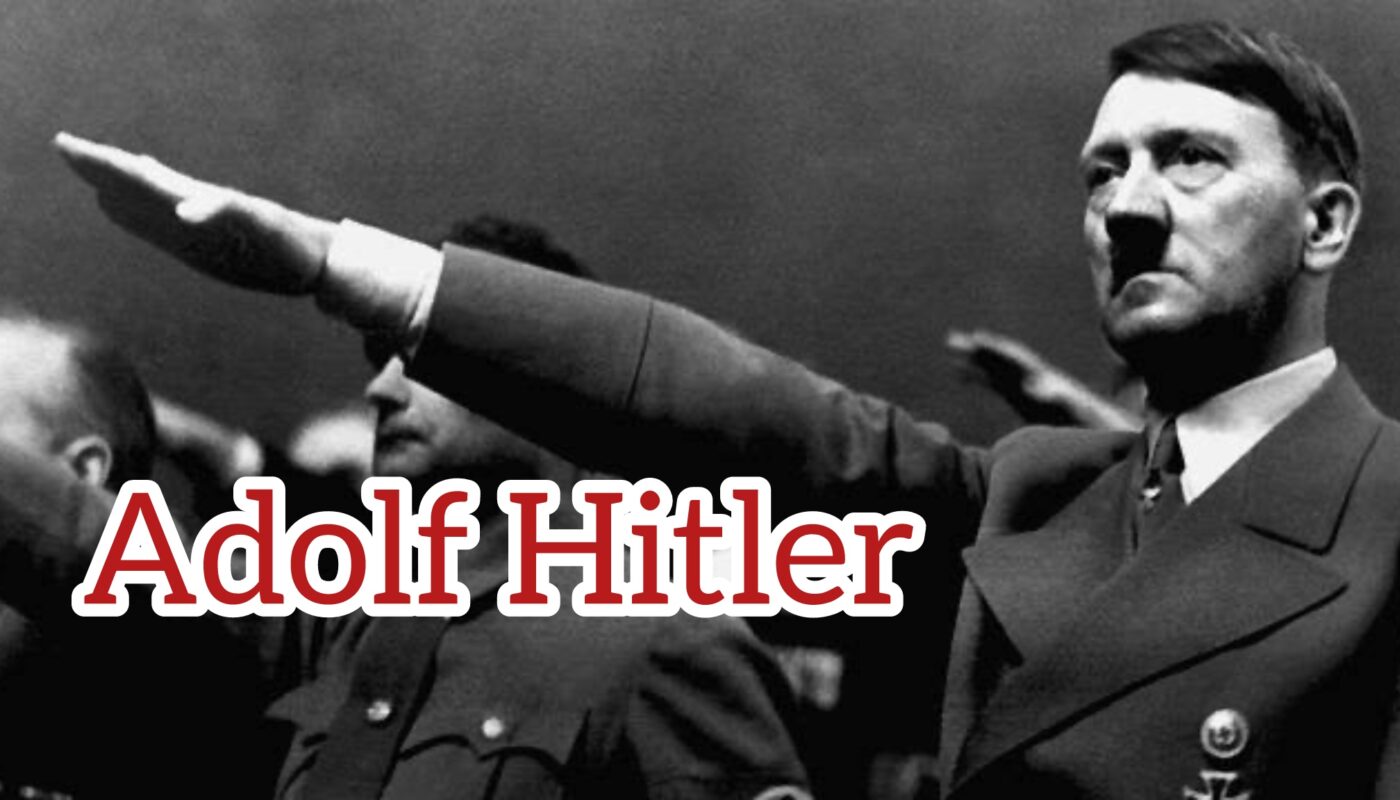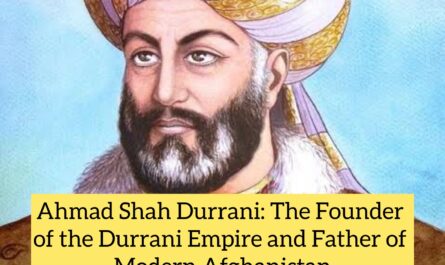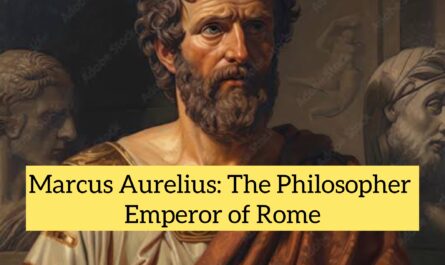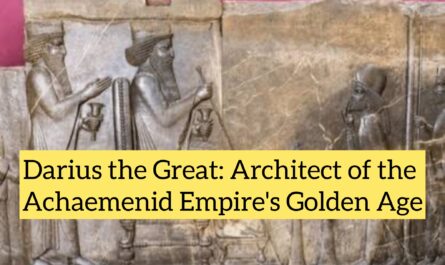Introduction
Adolf Hitler (1889–1945) was the dictator of Nazi Germany, the architect of World War II, and the man responsible for the Holocaust, the systematic genocide of six million Jews and millions of others. As the leader of the National Socialist German Workers’ Party (Nazi Party), Hitler transformed Germany into a totalitarian state and led it into the most destructive conflict in human history. His ideologies of Aryan racial supremacy, anti-Semitism, and militarism brought immense suffering, devastation, and left a dark legacy that continues to serve as a cautionary tale against totalitarianism and hate-driven politics.
Early Life and Background
Birth and Childhood
-
Born on April 20, 1889, in Braunau am Inn, Austria-Hungary.
-
His father, Alois Hitler, was a strict customs official; his mother, Klara Pölzl, was gentle and deeply loved by Hitler.
-
He struggled academically and clashed with his authoritarian father.
Aspirations and Rejection
-
Dreamed of becoming an artist and moved to Vienna.
-
Rejected twice by the Academy of Fine Arts Vienna (1907 and 1908).
-
Lived in poverty, developed early antisemitic and ultranationalist beliefs in multiethnic Vienna.
World War I Experience
-
Moved to Munich, Germany, in 1913.
-
Volunteered for the German Army in World War I.
-
Served as a corporal and message runner; wounded and temporarily blinded in a gas attack.
-
Awarded the Iron Cross, First Class for bravery—rare for someone of his rank.
-
Traumatized by Germany’s defeat and blamed Jews and socialists for the surrender (a version of the “stab-in-the-back” myth).
Rise of the Nazi Party
Joining Politics
-
In 1919, joined the German Workers’ Party, which soon became the National Socialist German Workers’ Party (NSDAP) or Nazi Party.
-
Quickly rose as a powerful orator and propagandist.
Beer Hall Putsch (1923)
-
Attempted to overthrow the Weimar Republic in Munich.
-
Failed coup; Hitler was imprisoned for 9 months.
Mein Kampf
-
Wrote Mein Kampf (“My Struggle”) in prison.
-
Outlined his ideology: anti-Semitism, anti-communism, German nationalism, Lebensraum (expansion into Eastern Europe), and Fuhrerprinzip (leader principle).
Path to Power
Exploiting the Weimar Crisis
-
The 1920s and early 1930s were marked by economic collapse (Great Depression), hyperinflation, and political instability.
-
Hitler promised to restore German pride, reject the Treaty of Versailles, and revive the economy.
Becoming Chancellor
-
By 1932, the Nazi Party was the largest in the Reichstag.
-
Pressured by conservatives, President Paul von Hindenburg appointed Hitler Chancellor on January 30, 1933.
Nazi Dictatorship
Consolidating Power
-
Reichstag Fire (1933) led to emergency decrees suppressing opposition.
-
Enabling Act (1933) gave Hitler dictatorial powers.
-
Outlawed all other parties; established the Third Reich.
Totalitarian Control
-
Propaganda machine led by Joseph Goebbels.
-
Gestapo (secret police) crushed dissent.
-
SS and SA enforced Nazi policies.
-
Hitler eliminated rivals in the Night of the Long Knives (1934).
-
Declared himself Führer in 1934 after Hindenburg’s death.
Domestic Policies and Ideology
Racism and Anti-Semitism
-
Passed the Nuremberg Laws (1935), stripping Jews of citizenship.
-
Promoted the myth of Aryan racial superiority.
-
Organized Kristallnacht (1938)—state-sponsored attacks on Jews.
Militarization and Expansion
-
Rebuilt the German military in violation of Versailles Treaty.
-
Created jobs through public works and rearmament.
-
Used aggressive foreign policy to unite ethnic Germans.
World War II (1939–1945)
Early Expansion
-
1938: Annexed Austria (Anschluss) and Sudetenland.
-
1939: Invaded Czechoslovakia, signed Molotov-Ribbentrop Pact with USSR.
-
September 1, 1939: Invaded Poland—started World War II.
Blitzkrieg and Conquests
-
Conquered much of Western Europe by 1940: France, Netherlands, Norway.
-
Failed to conquer Britain in the Battle of Britain.
-
Invaded Soviet Union in 1941 (Operation Barbarossa); turned into a prolonged war.
The Holocaust
-
Hitler’s regime orchestrated the genocide of 6 million Jews, known as the Holocaust.
-
Victims also included Roma, disabled people, Poles, Soviet POWs, LGBT people, and dissidents.
-
Used ghettos, concentration camps, and extermination camps like Auschwitz, Treblinka, and Sobibor.
-
The “Final Solution” formalized the plan for mass extermination.
Fall of Hitler and Nazi Germany
Military Defeats
-
Defeated at Stalingrad (1943) and Kursk.
-
Allies landed in Normandy (D-Day) in 1944.
-
Soviet Army advanced from the east, Allies from the west.
Death and Legacy
-
As Berlin fell, Hitler retreated to his Führerbunker.
-
April 30, 1945: Hitler committed suicide with Eva Braun.
-
Germany surrendered May 7, 1945.
Legacy and Historical Impact
Global Consequences
-
Caused the deaths of over 70 million people worldwide.
-
Redrew international borders and led to the division of Germany.
-
Sparked the Cold War, creation of Israel, United Nations, and Universal Declaration of Human Rights.
-
Hitler is widely considered one of history’s greatest villains.
-
His life is studied as a warning against totalitarianism, propaganda, and unchecked power.
-
Neo-Nazism and far-right extremism continue to misuse his ideology, prompting legal bans and societal condemnation.
Conclusion
Adolf Hitler’s life and actions led to the most catastrophic war in human history and the industrialized genocide of millions. He exploited economic despair, stoked racial hatred, and manipulated democratic systems to gain and hold absolute power. His rise and fall serve as an enduring warning about the dangers of authoritarianism, extremism, and prejudice, reminding future generations of the vital importance of democracy, tolerance, and human rights.



